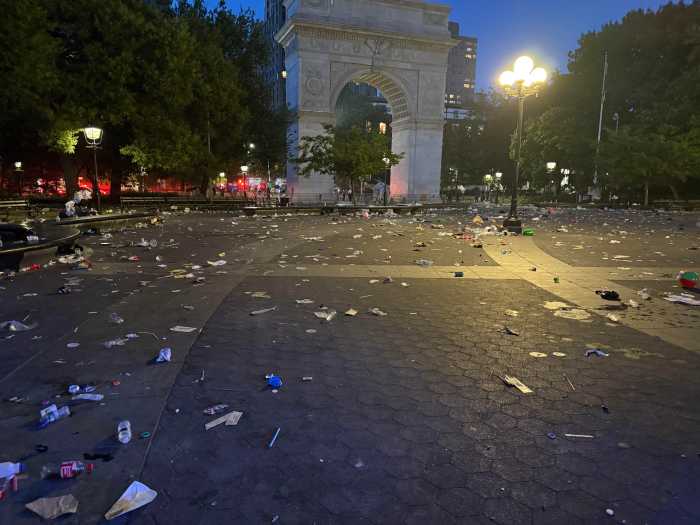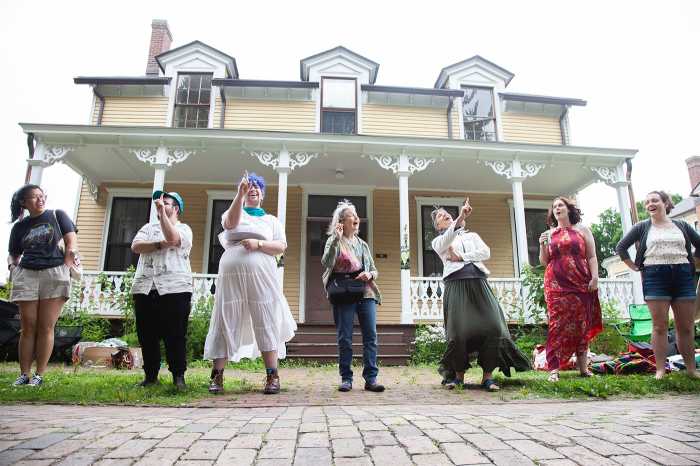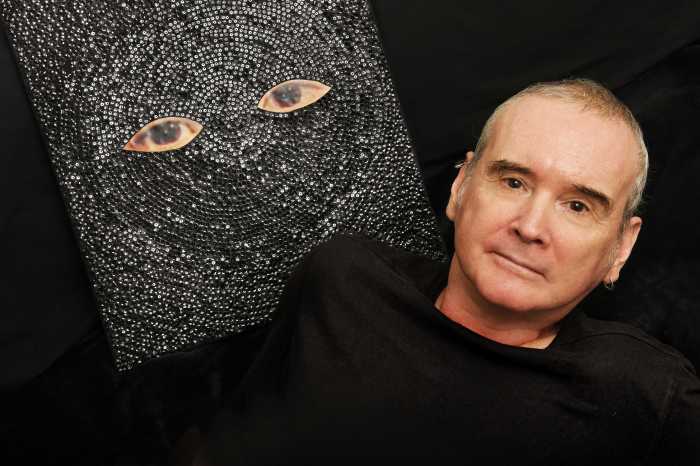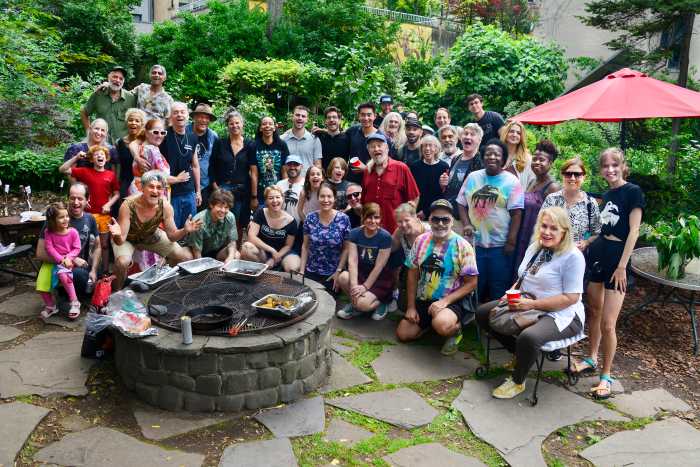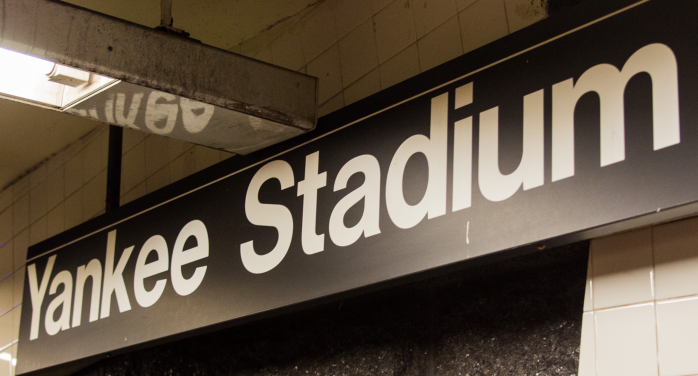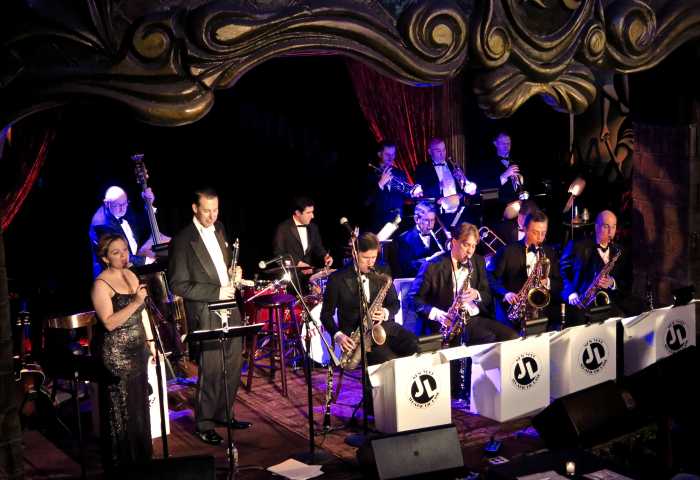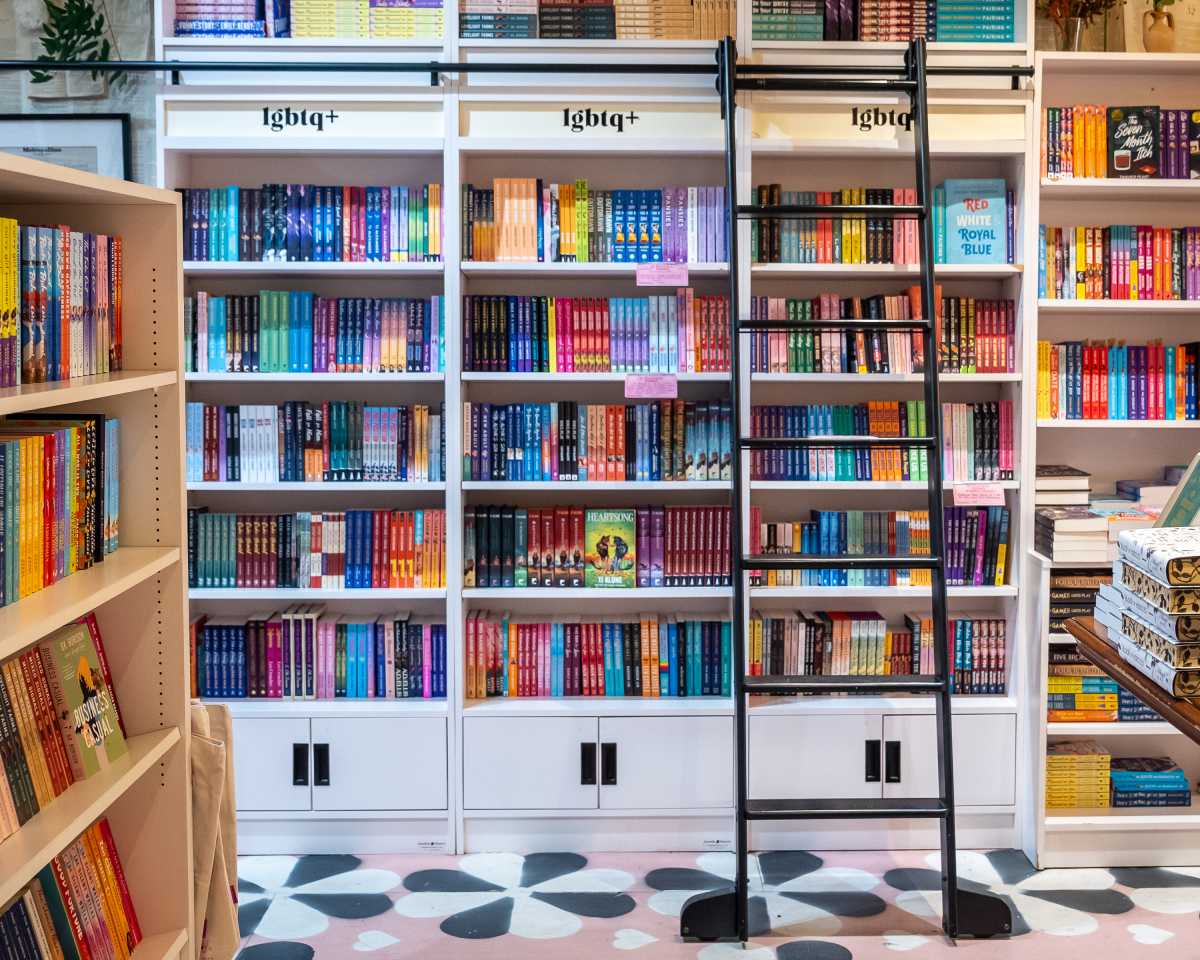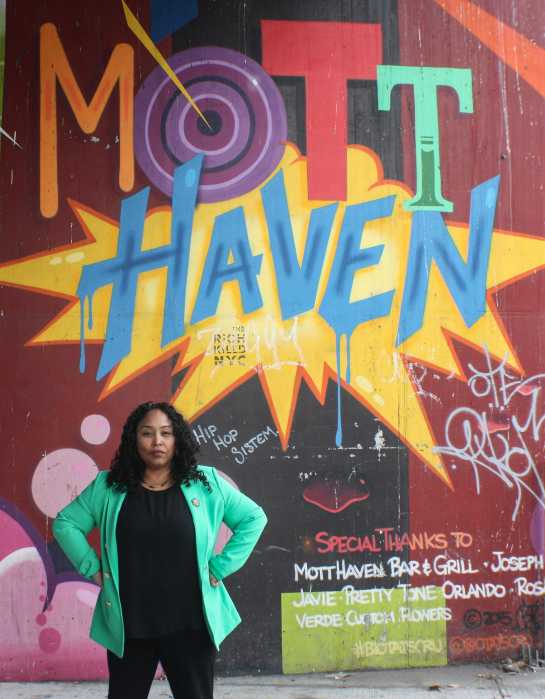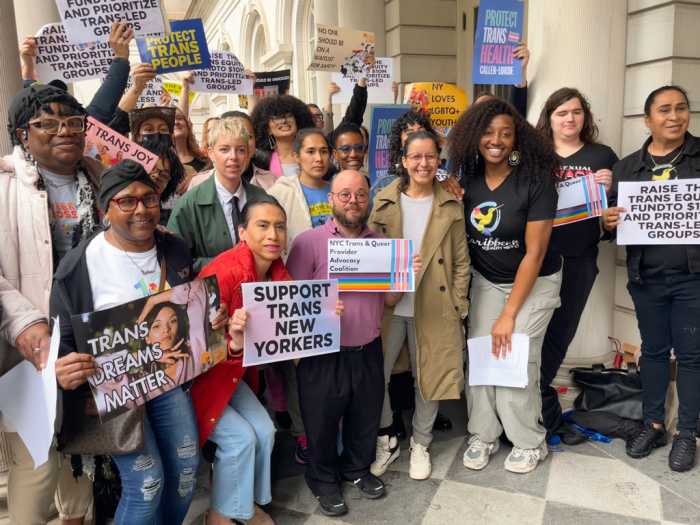By Amanda Kludt
For all those Lower East Siders who thought one luxury hotel wasn’t enough, it has been reported that this winter construction will begin on the newest high-end addition to the neighborhood — an 18-to-22-story “boutique” hotel that will consist of 70 hotel rooms, 25 condo-hotel units and nine luxury apartments selling from $750,000 to several million dollars each. This mixed-use hotel will be the latest from Thompson Hotels, owners of the stylish 60 Thompson along with other upscale hotels in Los Angeles and Miami.
The hotel group’s spokespeople wouldn’t respond to inquiries by The Villager — an e-mail message sent to The Villager inadvertently contained some correspondence between the hotel group personnel saying that if the newspaper wasn’t “huge” they weren’t going to comment. However, the new hotel is said to be located on Houston St. between Allen and Orchard Sts. and is estimated will take over a year and a half to complete. The principals in the hotel group, Jason, Michael and Lawrence Pomeranc, announced their plans for the Lower East Side location last summer.
The introduction of a second luxury hotel in the once-quiet area will make official the neighborhood’s transformation into an expensive and trendy area and at the same time will change the physical look of the neighborhood. The Hotel on Rivington, Paul Stallings’ recent 21-story addition to the area, attracts attention because of its sleek futuristic style but also because the majority of Lower East Side buildings are low-rise walkups. Jason Pomeranc was quoted last July as saying of the Thompson group’s 18-story plus project, “We were presented with the opportunity to not only impact the skyline but to begin creating it.” Whether or not other developers will follow suit in “creating” the Lower East Side skyline remains unknown, but depending on zoning restrictions, the look of the neighborhood could change drastically in the near future.
While there may be a future backlash from residents who don’t approve of a large-scale project of this kind and from those who frown upon further development of the neighborhood, many business owners welcome the potential new customers. Joseph Cunnin, executive director of the Lower East Side Business Improvement District, said businesses that cater to tourists, including restaurants, shops and bars, will benefit from the hotel. Those that don’t could alter their practices slightly. “From a small business perspective, bringing in more tourists to the neighborhood is good for business,” Cunnin said.
Small business owners echo these sentiments. A manager at the vegetarian/vegan restaurant co-owned by Kelly Tisdale and techno rocker Moby across the street from the Rivington St. hotel, said they loved it. “From a business perspective it’s great. More people, more business.” The manager, who wouldn’t give her name, said that even though the hotel isn’t running at full capacity yet, they’ve been getting to-go orders from the hotel’s clients.
Sal Bartolomeo, owner of Rosario’s Pizza, said the growing popularity of the neighborhood has increased business and made the neighborhood safer. But, he also said he missed simpler times when the neighborhood was less trendy. “Before you have a bar, you make some noise, people come,” he said. Now he said its harder for some of the older, less flashy places to stay in business.
Bartolomeo also mentioned his clientele has changed drastically over the four decades of his tenure on the Lower East Side. A staple in the neighborhood, with his pizza place at the corner of Orchard and Stanton Sts., he said his customers have gone from “pioneers” in the early days to “almost but not quite yuppies” to outright yuppies. Wealthy tourists attracted by the hotel may soon be his next new wave of customers.
However, Bartolomeo accepts the change nonchalantly. “I been here 42 years,” he said. “I seen the changes. Nothing surprise me no more.” Bartolomeo, who calls anything above Houston St. “Uptown,” will remain committed to the neighborhood throughout any change. “I love this neighborhood. These people are the most beautiful of all people.”
Like Bartolomeo, Lower East Side artist Marco, looks at the change as inevitable and calls it “natural evolution.” He said that once the neighborhood started developing in the late ’90s, he knew what would happen. “It was like writing on the wall,” he said. “Once it gets started, it’s really hard to stop.” Marco described the change as an issue of supply and demand and said that since an increasing number of people want to live down on the Lower East Side and visit it, more apartment buildings and hotels will be built and business will thrive. His business, Marco Art, on Orchard St. has steadily improved along with the popularity of the neighborhood.
Marco noted that the Lower East Side is the “last New York City neighborhood” but he equates the change to the transformation of a butterfly. He said that in 1995, back before the neighborhood was popular, it was a larva. Now it has blossomed into its full potential as a butterfly. “If you view it like a moth, then leave,” advised Marco.
There are also reportedly large-scale developments planed at Ludlow and Houston Sts., Essex and Houston Sts. and Eldridge and Delancy Sts. Whether the looming crop of new luxury buildings is a sign of a blossoming butterfly or a pesky moth remains up to interpretation. What is certain is change is in the air, and as Bartolomeo put it, “I don’t think nobody can stop the changing of the city.”



